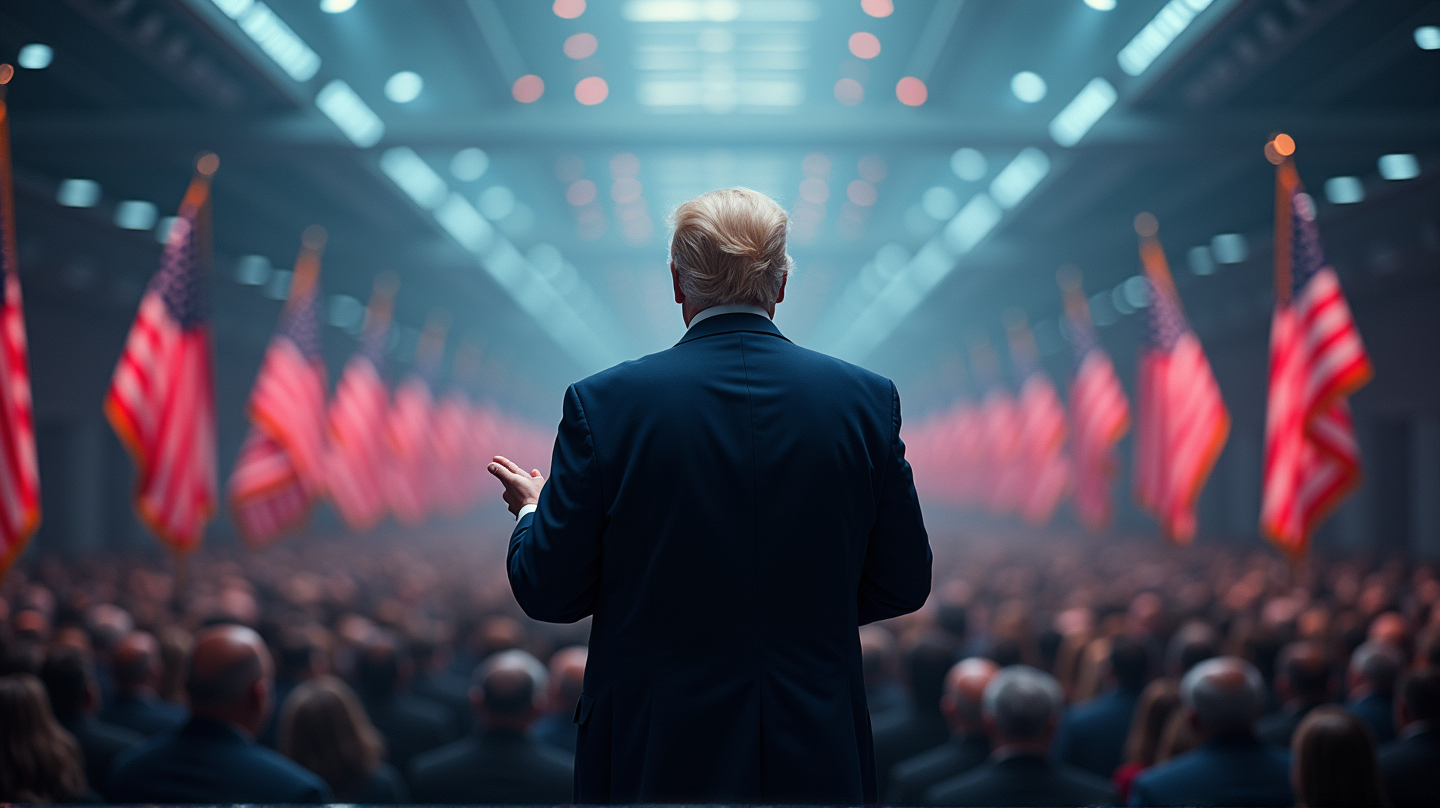In a bold move shaping the future of technology, President Donald Trump has declared an unwavering commitment to winning the global race in artificial intelligence. With promises to dismantle regulations viewed as barriers to innovation, the Trump administration aims to propel the United States to the forefront of AI technological advancement.
A Vision for Dominance
At the core of this initiative is a decisive strategy for reducing or eliminating existing regulations perceived as constraints on AI development. These regulations, according to Trump’s advisers, include those addressing diversity, equity, inclusion, and climate change — dimensions they argue detract from pure technological progress. Trump’s adviser on AI and cryptocurrency, David Sacks, emphasized, “We are in an AI race, globally, and we intend for the United States to lead.”
Executive Orders in Motion
In a matter of days, President Trump will be accentuating this aggressive push by signing a series of executive orders designed to sweep away obstacles and afford developers the freedom necessary to innovate without hindrance. Michael Kratsios, head of the White House Office of Science and Technology Policy, reinforces this vision with planned adjustments to federal procurement rules, ensuring only AI platforms devoid of “ideological bias” make the cut.
Breaking Down Barriers: Economy and Trade
This audacious plan extends its impact into the realm of international trade, where the White House proposes extensive use of the Development Finance Corporation and Export-Import Bank. Although details remain scarce, the goal is clear: support American-developed AI in reaching a wider global audience, fortifying economic advantage.
A key element of the plan involves amending procurement and subsidy policies linked to the construction of semiconductor and data center facilities. The President’s office criticizes European-style regulatory frameworks as detrimental to innovation — a path they firmly intend to avoid.
A Roadmap Yet to Be Fully Revealed
With over 90 policy actions slated, the administration’s course of action is vast, though not fully detailed. Collaboration with both the AI industry and other stakeholders is anticipated, ensuring a comprehensive and effective strategy that aligns closely with industrial needs.
Global Implications
As stated in NPR, these steps signify an aggressive pivot towards ensuring U.S. supremacy in the AI narrative, an arena increasingly perceived as the next significant frontier of economic and technological warfare. It remains to be seen how these changes will resonate domestically and internationally, as the U.S. prepares to reinforce its lead.
In this evolving landscape, developments continue to unfold, promising a dynamic future for AI under a regulation-light banner of American ideation and innovation.
